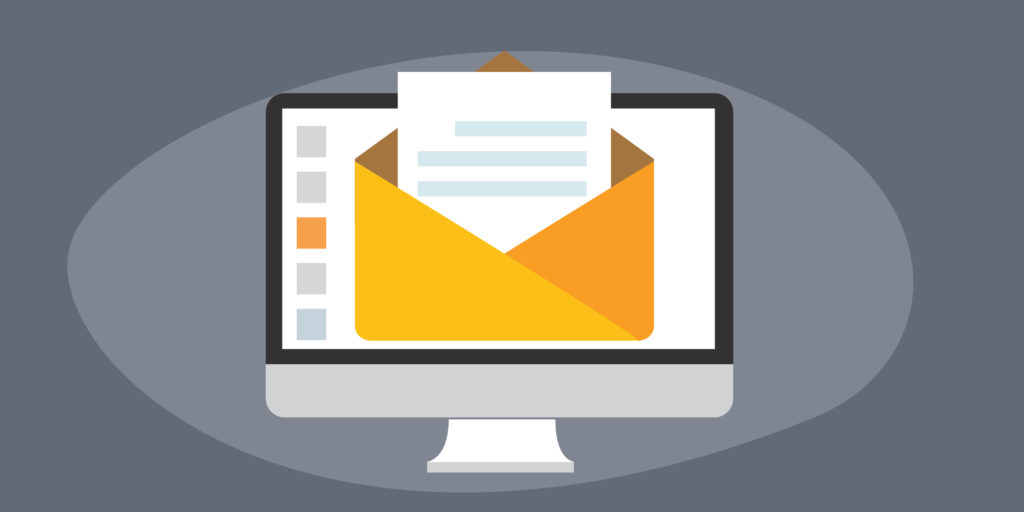
Annoying. That is the first word that comes to mind when thinking about spam. Prior to email, we referred to the clutter of advertising in our mailboxes as junk mail. The digital form of that mail now arrives, without solicitation, in our email inboxes. While mostly innocuous, sometimes it can come in the form of phishing or be infected with malware or viruses. Make sure that you don’t click on links or attachments that come from any uninvited correspondence.
A marketing manager, Gary Thuerk, gained recognition as the first spam sender in 1978. His message went to several hundred recipients in an effort to sell computers.
The term spam is not an acronym for anything, which in itself is amazing since IT is literally bombarded with acronyms. Although there are various observations regarding how unsolicited emails became known as spam, the most widely recognized explanation leads to Monty Python. In a sketch, there is a person who doesn’t like the canned meat, Spam, and is offered it repeatedly on a menu. This leads to a group of Vikings incessantly singing a song with the word “Spam” used over and over.
Sending mass mailings to email accounts became known as spamming. In the early days of the Internet, these messages were causing disruption. They could slow down or freeze systems due to the size of the message and loading times.
Remember how this blog started with the word annoying? Something had to change.
In 1996, the mail abuse prevention system came into existence. IP addresses that were known to have sent email spam would be put on a blacklist. This list would then serve as a block for any messages being sent from the offending IP address.
In 2002, the EU released the ePrivacy Directive. The directive made it illegal to send unsolicited marketing campaigns to a recipient unless the sender had a prior agreement with them. This created an opt-in rule.
In 2003, the US came up with its answer to combat the spam problem. The CAN-SPAM Act. This act was an attempt to establish requirements for commercial email messages and created an opt-out rule.
The European Union introduced the General Data Protection Regulation (GDPR) in 2018. Primarily outlining privacy policies, one main takeaway from this regulation was the right to be forgotten. This regulation ensures that all personal data is erased from a company’s database.
In the decades since spam started, spam filters began to grow and evolve. Many filters can now be customized to look for keywords for blocking emails from landing in the inbox folder. The rise of automation and filters is essential to continuing the fight against this nuisance, and legislation that has some real consequences to offenders is equally beneficial.
Will we ever see the end to digital spam? Check your mailbox outside your door. Old or new, junk mail is here to stay.
